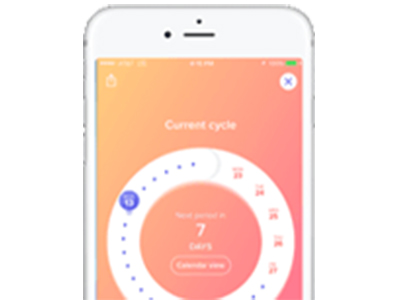
Fertility Based Methods
Getting pregnant (or preventing pregnancy) is all about timing. A woman can only get pregnant a few days each cycle. The tricky part is in knowing which days. Fertility awareness-based methods (FABM) track your menstrual cycle and help you pay close attention to your body and its patterns.
How FABM Works
Women learn to track their cycle to know which days they can get pregnant. They can choose to either not have sex on their “unsafe” days or use a condom.
There are several ways to track your cycle over several months to predict your fertile days:
- Digital Birth Control- Use an app to track your cycle. Take your temperature every morning and use an app like Natural Cycles that analyzes your data and tells you if you are on a fertile day or not.
- Standards Days Method- If your menstrual cycle is between 26 to 32 days long, you can use a calendar to track your menstrual cycle. CycleBeads can help you track your fertile days.
- Cervical Mucus (also called the ovulation method or Billings method)- Check your vaginal discharge every day for changes. It’s best to start this method with the help of an expert like a family planning counselor, doctor, or nurse.
- Temperature Method- When your temperature goes up slightly, 1- 2 degrees higher than normal, you’re probably ovulating and could get pregnant.
Advantages
- Helps a woman be more aware of her body
- You can still have sex on fertile days if you use condoms.
- Can help women know when to have sex if they want to get pregnant
- No medications or side effects
- Little cost, with free tracking apps and inexpensive supplies
Possible Problems or Disadvantages
- No protection from STIs and HIV/AIDS
- Can be inconvenient and requires a woman’s commitment to track her cycle
- Can take time to learn properly learn
How Well it Prevents Pregnancy
Because they require regular commitment, FABMs are not the most effective methods. With typical use, 12- 24 women out of 100 will get pregnant using this method in one year. Effectiveness improves when more than one tracking method is used or if used with the breastfeeding birth control method (Lactational Amenorrhea Method LAM)